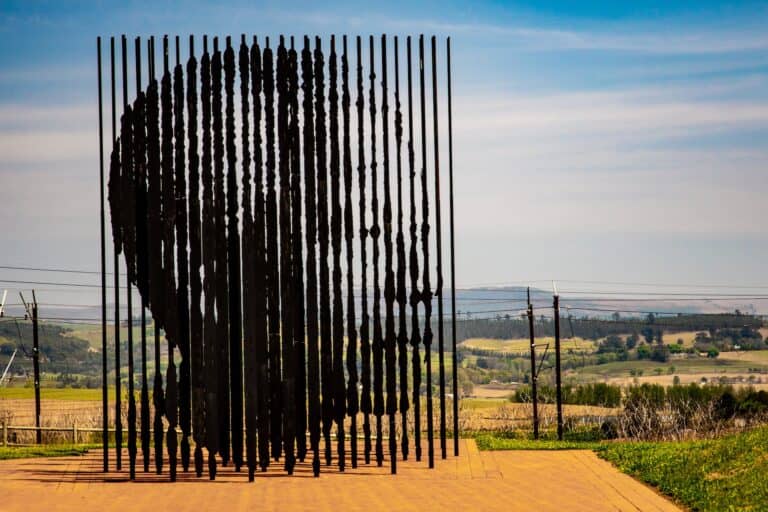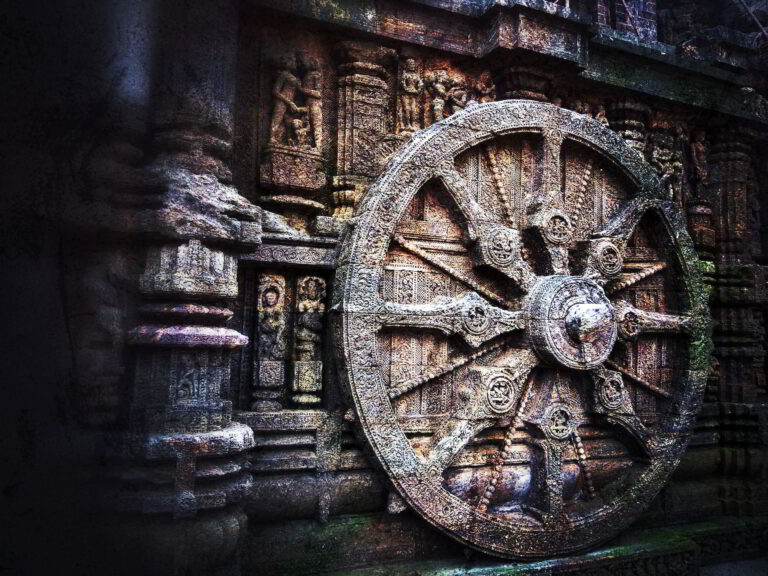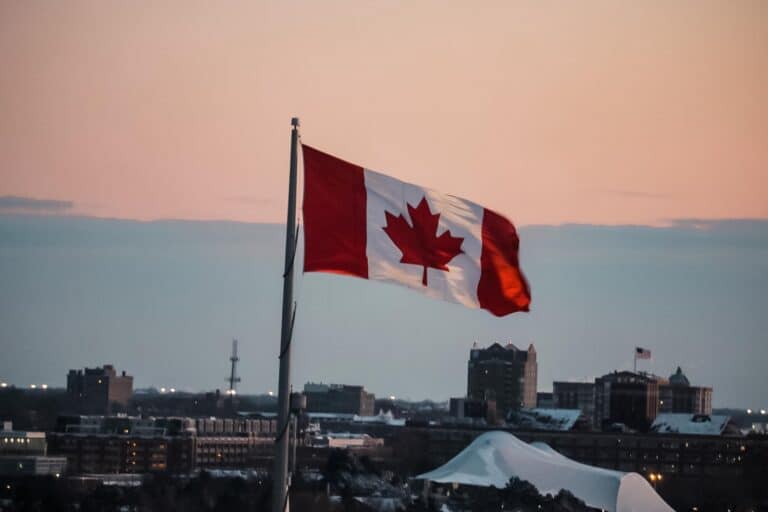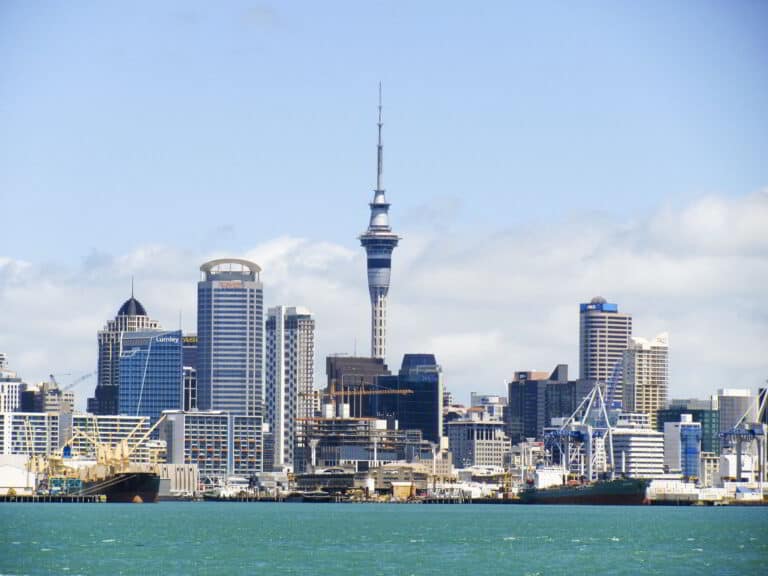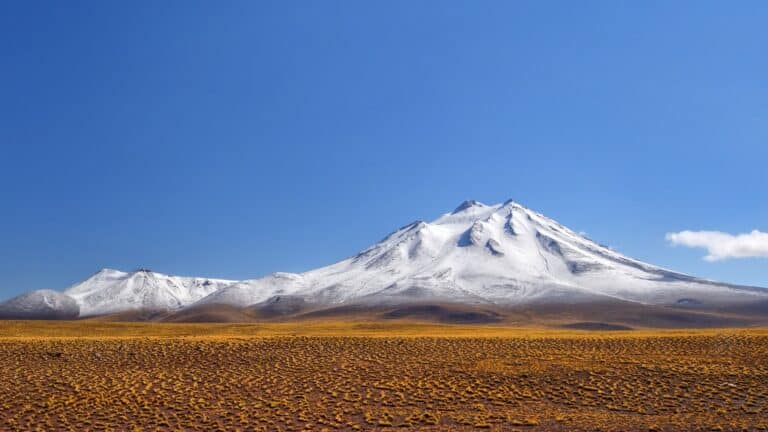Russia’s UFO Encounters: An In-depth Look at Extraterrestrial Phenomena
Explore the world of UFO sightings in Russia, from the mysterious Dalnegorsk Incident to curious encounters by Russian pilots. Delve into the impact of these phenomena on Russian culture and the country’s scientific approach towards them.
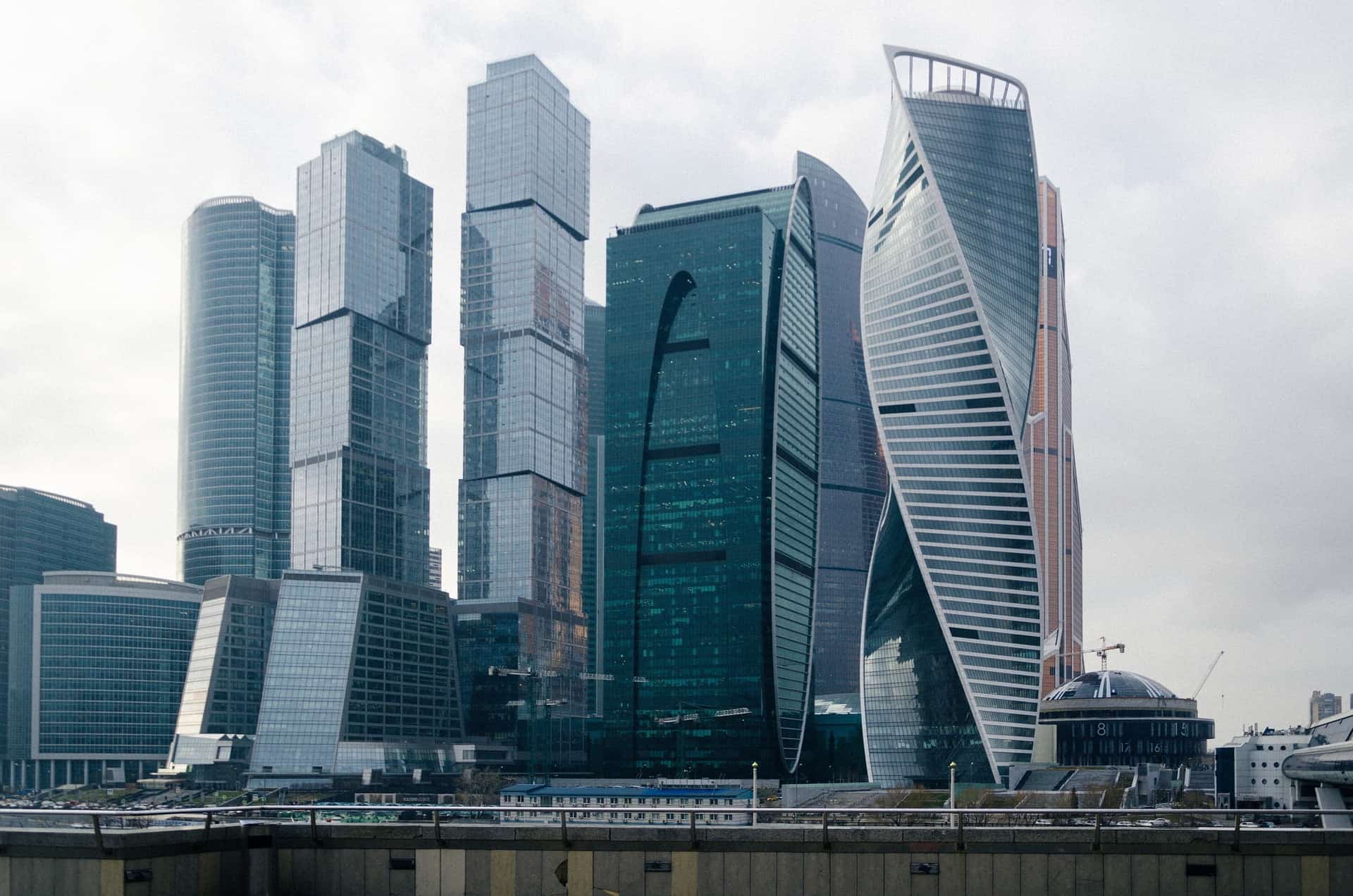
Introduction: Russia’s Rich History of UFO Sightings
Russia, with its vast and varied landscapes, has been a hotspot for UFO sightings over the decades. The country’s rich history of unexplained aerial phenomena ranges from the puzzling Dalnegorsk Incident to strange encounters reported by Russian pilots. This article aims to explore these intriguing events in detail, shedding light on the mysteries that continue to fascinate UFO enthusiasts worldwide.
The Dalnegorsk Incident: The Russian Roswell
In January 1986, in the small mining town of Dalnegorsk, an unusual event occurred that has since been likened to the infamous Roswell Incident. Locals reported a bright, reddish sphere flying across the sky, which crashed into a nearby hill. The crash site was found to contain strange, metallic debris and small, charred mesh-like structures, which were subjected to numerous scientific studies.

The nature of the material and its peculiar characteristics sparked intense debate within the scientific community. The mesh-like structures were composed of rare-earth elements, which further deepened the mystery. While some believe that the incident was the result of a crashed extraterrestrial craft, others theorize that it was a failed military experiment. Despite numerous studies and investigations, the Dalnegorsk Incident remains one of Russia’s most mysterious and intriguing UFO cases.
The incident sparked widespread interest in UFO phenomena within Russia, encouraging both governmental and independent investigations into such events. It also played a significant role in shaping Russia’s approach to UFO phenomena, leading to the formation of several research groups dedicated to studying unexplained aerial occurrences.
The Dalnegorsk incident had an impact beyond scientific study and public curiosity; it also influenced policy at the highest levels of government. The event prompted the Russian government to review its policies related to unidentified flying objects and their potential national security implications. The incident led to the development of confidential protocols for dealing with similar occurrences in the future, reflecting the seriousness with which the incident was taken.
Moreover, the Dalnegorsk incident contributed to the democratization of UFO research in Russia. It inspired a wave of civilian involvement in the field, with amateur researchers and enthusiasts forming their own investigation groups. This grassroots movement played a significant role in promoting transparency and public involvement in UFO research.
The Dalnegorsk incident also had a profound effect on the local community. The event and the subsequent investigations brought a degree of fame (and tourism) to the small mining town. Even decades after the incident, the town continues to commemorate the event with annual celebrations, reminding us of the profound impact such unexplained events can have on a community.

Russian Pilots’ Encounters: Close Calls in the Sky
Russian pilots have reported numerous close encounters with UFOs throughout the years. From military aviators to commercial airline pilots, these eyewitnesses describe objects that display remarkable flight characteristics, defying conventional understanding of aerodynamics.
One such event took place in 1990, when a commercial airline pilot reported a near-collision with a UFO over the city of Baku. The pilot described the object as spherical and glowing, executing maneuvers that far exceeded the capabilities of known aircraft. The incident was investigated by aviation authorities but no conclusive explanation was found.

These incidents not only illustrate the prevalence of UFO sightings in Russian airspace but also the risks they pose to aviation safety. They have prompted serious discussion within the Russian aviation community about how to address and respond to such occurrences. The development of reporting procedures and safety protocols for UFO encounters has been a priority for Russian aviation authorities.
The pilots’ encounters with UFOs have had significant implications for pilot training in Russia. These incidents led to the introduction of new modules in pilot training programs that focus on dealing with potential UFO encounters. These modules cover everything from identifying unusual aerial phenomena to managing the psychological stress associated with such encounters.
Furthermore, these encounters have contributed to advancements in air traffic control systems in Russia. The need to track and monitor unexplained aerial phenomena has led to the development of more sophisticated radar and surveillance systems, benefiting the overall safety and efficiency of Russian airspace.
Additionally, these encounters have led to the creation of a national database of UFO sightings reported by pilots. This database serves as a valuable resource for researchers studying UFO phenomena and helps aviation authorities identify patterns and trends in these incidents, aiding in future incident management and prevention.
UFOs in Russian Pop Culture: The Influence of the Unexplained
Unidentified flying objects and extraterrestrial phenomena have had a significant influence on Russian pop culture. From movies and television shows to literature and music, the theme of UFOs has permeated various forms of media, reflecting the public’s fascination with the unknown.

One of the most notable examples is the science fiction novel “Roadside Picnic” by Arkady and Boris Strugatsky, which was later adapted into the film “Stalker” by Andrei Tarkovsky. The story, which revolves around a mysterious zone where strange phenomena occur, has been interpreted as a metaphor for UFO encounters.
More recently, the popular TV series “Tunguska: The Craters of Destruction” delves into the theory of extraterrestrial involvement in the Tunguska event, a massive explosion in Siberia in 1908 that was so powerful it flattened an estimated 80 million trees over an area of 2,000 square kilometers. The series creatively blends historical facts with speculative fiction, introducing extraterrestrial elements to the narrative of the Tunguska event. It suggests a scenario where the explosion was caused not by a meteor or comet, as most scientists believe, but by an alien spacecraft that crashed into Earth.
The series has become a sensation, not just in Russia, but internationally, sparking renewed interest in the Tunguska event and the theories surrounding it. It also underscores the persistent fascination with extraterrestrial life and the potential for its intersection with human history. Moreover, the series reflects the broader trend in Russian pop culture to explore the theme of UFOs and extraterrestrials, further emphasizing their influence on the public imagination.

At the same time, “Tunguska: The Craters of Destruction” has sparked debates among scientists, historians, and UFO enthusiasts. While some appreciate the series for its entertainment value and for bringing attention to the Tunguska event, others criticize it for spreading unfounded theories. Despite the controversy, the series serves as a testament to the enduring mystery of the Tunguska event and humanity’s ceaseless curiosity about the unknown.
The presence of UFOs in Russian pop culture has encouraged public engagement with science and technology. The fascination with extraterrestrial phenomena has led to an increased interest in space exploration and astronomy among the Russian public. This has been reflected in increased enrollment in science-related fields and public participation in science and technology events.
Moreover, the theme of UFOs has been used in Russian media as a tool to explore philosophical and existential questions. Through the lens of extraterrestrial encounters, creators often delve into topics such as the nature of human existence, our place in the universe, and our response to the unknown. This has led to a rich body of work that combines scientific speculation with philosophical exploration.
The theme of UFOs has also had an impact on Russian art and design. From the cover art of science fiction novels to the aesthetics of modern architecture, the influence of extraterrestrial motifs can be seen in various aspects of Russian visual culture. These designs, often futuristic and surreal, reflect the cultural fascination with the mysteries of the universe.
The Tunguska Event: An Explosion Shrouded in Mystery

On June 30, 1908, a massive explosion near the Tunguska River in Siberia flattened approximately 2,000 square kilometers of forest, a blast estimated to be 1,000 times more powerful than the atomic bomb dropped on Hiroshima. The Tunguska event, as it came to be known, is considered one of the most significant meteor impacts in recorded history. Yet, it is also one of the most mysterious.
There was no impact crater found at the site, leading to various theories about the cause of the explosion. While most scientists agree that it was likely caused by a meteor or comet, the lack of physical evidence has left room for speculation. Some theories suggest that the event was caused by a mini black hole passing through Earth, while others hypothesize that it was the result of an alien spacecraft crash.
The Tunguska event continues to be a topic of interest for UFO enthusiasts and researchers alike. It remains one of the most intriguing unsolved mysteries of the 20th century and a significant event in the history of UFO phenomena in Russia.

The Tunguska event has been a catalyst for advancements in meteoritics and atmospheric science in Russia. The need to explain the event has led to comprehensive studies of meteor impacts and atmospheric explosions, contributing to our understanding of these phenomena.
In addition, the Tunguska event has had a significant impact on environmental science. The site of the event has been the subject of numerous ecological studies, examining the long-term effects of the explosion on the local flora and fauna. These studies provide valuable insights into the environmental impact of large-scale natural disasters.
Finally, the Tunguska event has had a profound cultural impact in Russia. It has become a symbol of the power and mystery of nature, inspiring countless works of art, literature, and music. The event is often invoked in discussions about humanity’s relationship with nature and the cosmos, underlining its cultural and philosophical significance.
Russia’s Scientific Approach to UFOs
Russia’s scientific community has shown considerable interest in the study of UFO phenomena. The country has a long history of scientific research into these unexplained events, dating back to the Soviet era. Unlike many other countries, Russia has maintained an open and scientific approach to UFO phenomena, viewing them as a legitimate area of study.
The Russian Academy of Sciences has conducted numerous investigations into UFO sightings and related phenomena. These investigations have covered a wide range of areas, from the analysis of physical evidence to the study of eyewitness testimonies. Despite the lack of conclusive evidence to support the extraterrestrial hypothesis, the Russian scientific community continues to approach the subject with an open mind.

The scientific approach to UFOs in Russia has fostered an environment of academic freedom and intellectual curiosity. The open-minded approach taken by Russian researchers has inspired a generation of scientists to challenge orthodoxies and push the boundaries of knowledge.
Furthermore, the scientific study of UFOs has led to the development of new investigative techniques in Russia. These techniques, which involve the use of advanced technology and innovative methodologies, are being used in a wide range of scientific fields, from atmospheric physics to cognitive psychology.
Finally, the scientific approach to UFOs has contributed to Russia’s international reputation as a leader in UFO research. The country’s commitment to rigorous, scientific investigation of these phenomena has earned it respect and recognition from the global scientific community, reinforcing its status as a major player in the field of UFO research.
FAQs
- What was the Dalnegorsk Incident? The Dalnegorsk Incident, often referred to as the “Russian Roswell,” occurred in January 1986. Locals reported a bright, reddish sphere flying across the sky that eventually crashed into a nearby hill. The crash site was found to contain strange, metallic debris and small, charred mesh-like structures that sparked intense debate within the scientific community.
- Have Russian pilots reported UFO encounters? Yes, there have been numerous instances where Russian pilots, both military and commercial, have reported encounters with UFOs. These sightings often describe objects displaying remarkable flight characteristics that defy conventional understanding of aerodynamics.
- How has the Tunguska event been linked to UFO phenomena? The Tunguska event, a massive explosion in Siberia in 1908, has been linked to UFO phenomena due to the mystery surrounding its cause. While most scientists agree that it was likely a meteor or comet impact, the lack of physical evidence has led to various theories, including those suggesting extraterrestrial involvement.
- What is Russia’s approach to UFO phenomena? Unlike many other countries, Russia has maintained an open and scientific approach to UFO phenomena. The Russian Academy of Sciences has conducted numerous investigations into UFO sightings and related phenomena, viewing them as a legitimate area of study.
Keywords: Russia, UFO sightings, Dalnegorsk Incident, Russian pilots, UFO encounters, Tunguska event, Russian pop culture, Russian Academy of Sciences, UFO research.
Reader’s Takeaway

Russia’s rich history of UFO sightings, from the Dalnegorsk Incident to the Tunguska event, showcases the country’s deep-rooted fascination with the unknown. The scientific approach adopted by the Russian Academy of Sciences towards these phenomena underscores the country’s commitment to unraveling these mysteries. As we continue to explore the skies and beyond, it’s crucial to maintain an open mind and a scientific perspective, much like Russia’s approach to these inexplicable events. UFO sightings continue to provoke curiosity and wonder, making them a fascinating subject of study and discussion in Russia and beyond.
Next Up: UFO Sightings in Britain: An Unearthly History
Delve into the history of UFO sightings in Britain, a country with an equally rich record of unexplained aerial phenomena. From the infamous Rendlesham Forest incident to the curious encounters by RAF pilots, join us as we explore the intriguing world of British UFOs.
Stay tuned for more captivating stories of UFO encounters from around the globe. Don’t forget to subscribe to our exclusive email group to stay updated on the latest developments in the field of UFO research.
Quote: “I’m not saying the aliens are here, but when you look at the evidence, you have to consider the possibility.” – Nick Pope, former head of the UK Ministry of Defence’s UFO desk.
Now, let’s move on to the next country: China.
